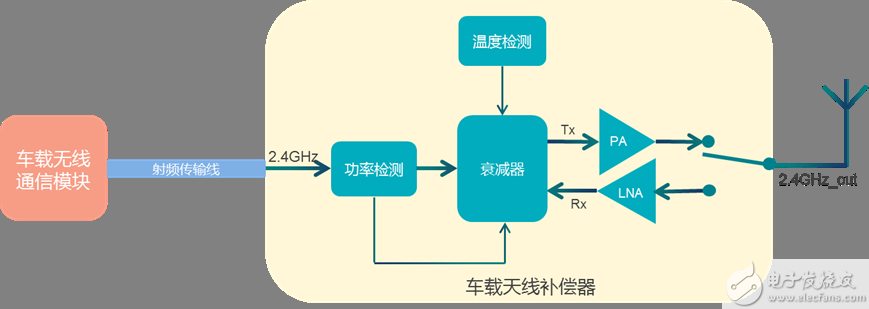Author: Yan of Shanghai Science and Technology Co., Ltd., a research agency Foreword On May 7, 2016, on the open road of the United States, Tesla owners drove the autopilot system in the car and watched the movie crash into the white trailer at the full speed, causing serious injuries. In real life, the number of car accidents caused by the driver's negligence of the surrounding situation is numerous; because it is impossible to judge the traffic jam ahead, the traffic jam is happening every day. How to reduce the accident rate, improve traffic efficiency, and reduce fuel consumption has always been a hot topic in the current Intelligent Transportation System (ITS) research. In the ITS system, V2X communication is particularly important. V2X stands for Vehicle to X, which is the communication between the vehicle and other things. X represents the participants of all traffic, such as Vehicle, Infrastructure, Pedestrian. Imagine if, in the above example, Tesla and white trailers could perform V2V communication in advance to avoid this disaster? In 2012-2015, the city of Helmond, the Netherlands, conducted a three-year ITS V2X pilot project involving more than 600 vehicles, including buses, taxis, emergency services vehicles and private cars, across the city of Helmond. And in six other European cities, on-board devices with interoperability and real-time “communication†with roadside devices are installed in the car. Traffic lights on the road side can provide traffic light sequence information to the vehicle, such as red light countdown; when the current vehicle changes line, turn or brake, you can notify surrounding vehicles or pedestrians to prepare in advance. The efficient transmission of basic safety messages (BSM) between these vehicles and cars, cars and roads, and between vehicles depends on a good V2X communication device. In future in-vehicle communication systems, the use of long-range stable WiFi technology to implement communication links will be an excellent choice. WiFi band selection in the automotive field WiFi communication has been widely used in the field of Internet of Things, and the addition in the automotive field will greatly enrich the application scenarios of automotive electronics. Currently, Wi-Fi communication is divided into 2.4GHz frequency band and 5GHz frequency band. Compared with 2.4GHz, 5G has a short transmission distance and a large throughput rate, which is more suitable for communication in the car, such as video transmission. For the V2X, the car has higher distance requirements for communication with other vehicles, surrounding pedestrians, and roadside facilities, and the 2.4 GHz band is more suitable. WiFI communication distance problem and solution in off-board communication V2X application Due to the design and volume of the car, the installation position of the antenna and the installation position of the communication module may be far apart, and a long RF transmission line may cause a signal loss of 5-10 dB. For the transmitted signal, a line loss of 5-10 dB will seriously reduce the signal power and receiving sensitivity actually emitted from the antenna, and the communication quality and distance will be degraded. During the road driving process, the effective transmission distance of the basic communication may be greatly reduced, resulting in a reliable problem of vehicle communication. Therefore, effective compensation is important because the signal insertion loss introduced by the RF transmission line in the vehicle has a communication distance to the outside frequency band. This article will briefly introduce the design principle and block diagram of the antenna compensator.                        1. The car WiFi module unit and the antenna compensator only need one RF Cable connection, which can be combined with Runxin's QCA937X/QCA65X4 series product solutions and Runxin's self-designed WIFI module solutions such as QFN-1. 2. Determine whether the WiFi module is in the transmitting state or the receiving state by detecting the transmitting power. 3. By fixed gain amplification, the communication link is first compensated to a certain gain value, and then the gain is reduced by the attenuator to achieve the required compensation value. 4. Adjust the attenuation value based on the ambient temperature change detected by the temperature sensor. After the loss compensation of the vehicle antenna compensator, the transmitted signal power can reach the module side output power floating within 1dB, making full use of the WiFi module's own RF performance to ensure communication quality and communication distance, providing effective and robust V2X communication. Carrying channel. Hdmi Switcher,Hdmi Switch,Switch Splitter,Smart Hdmi Switch Dongguan Tuojun Electronic Technology Co., Ltd , https://www.fibercablessupplier.com